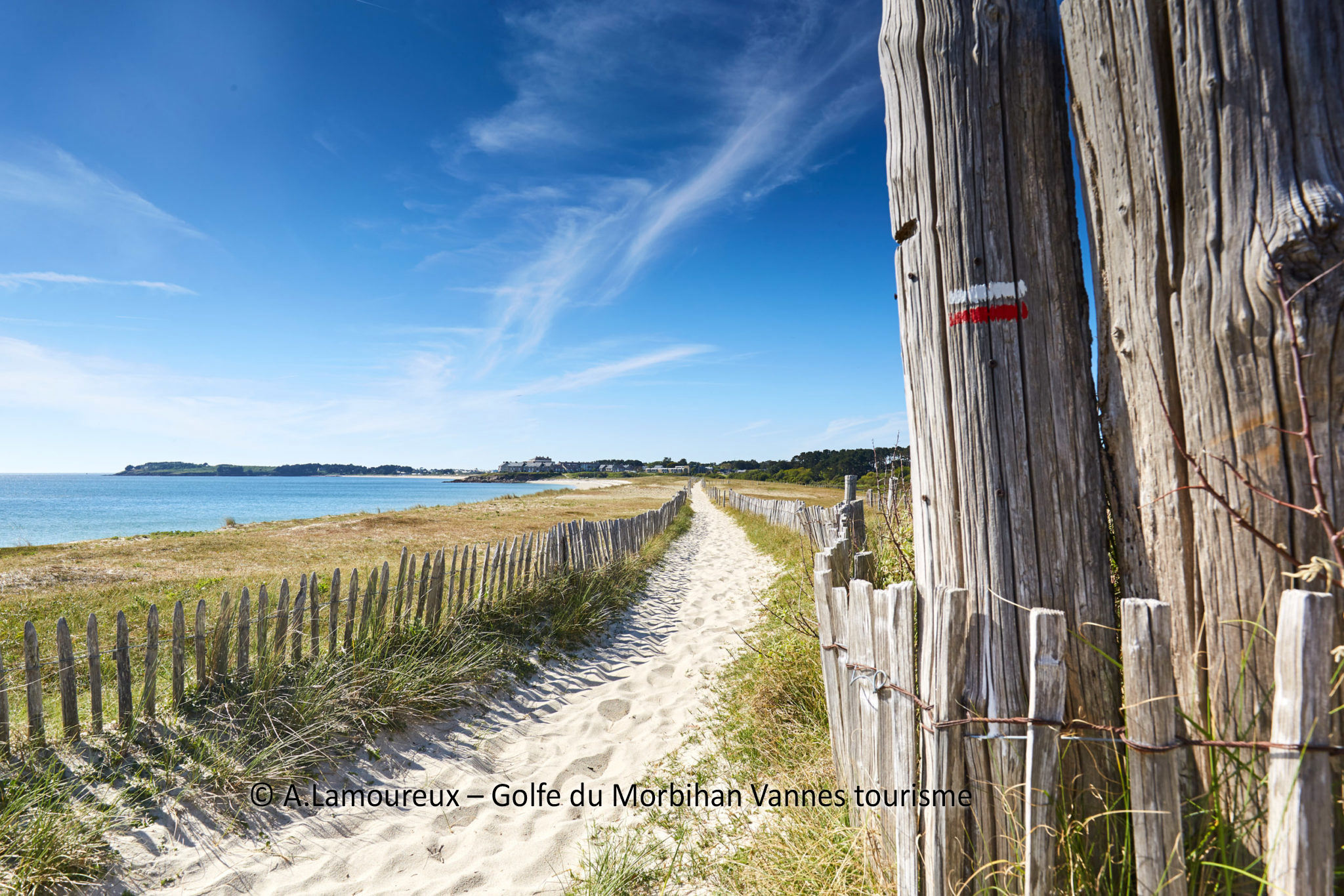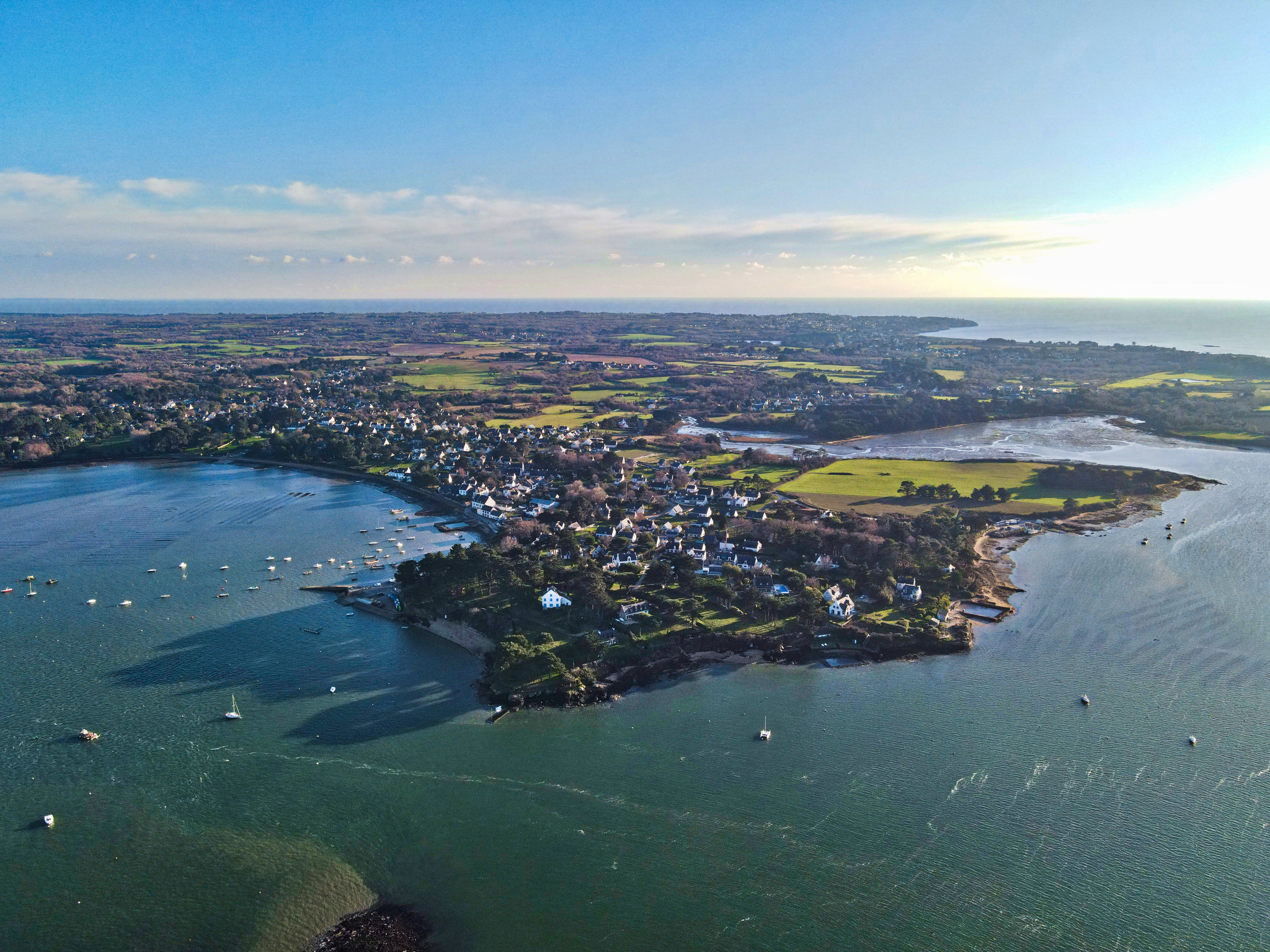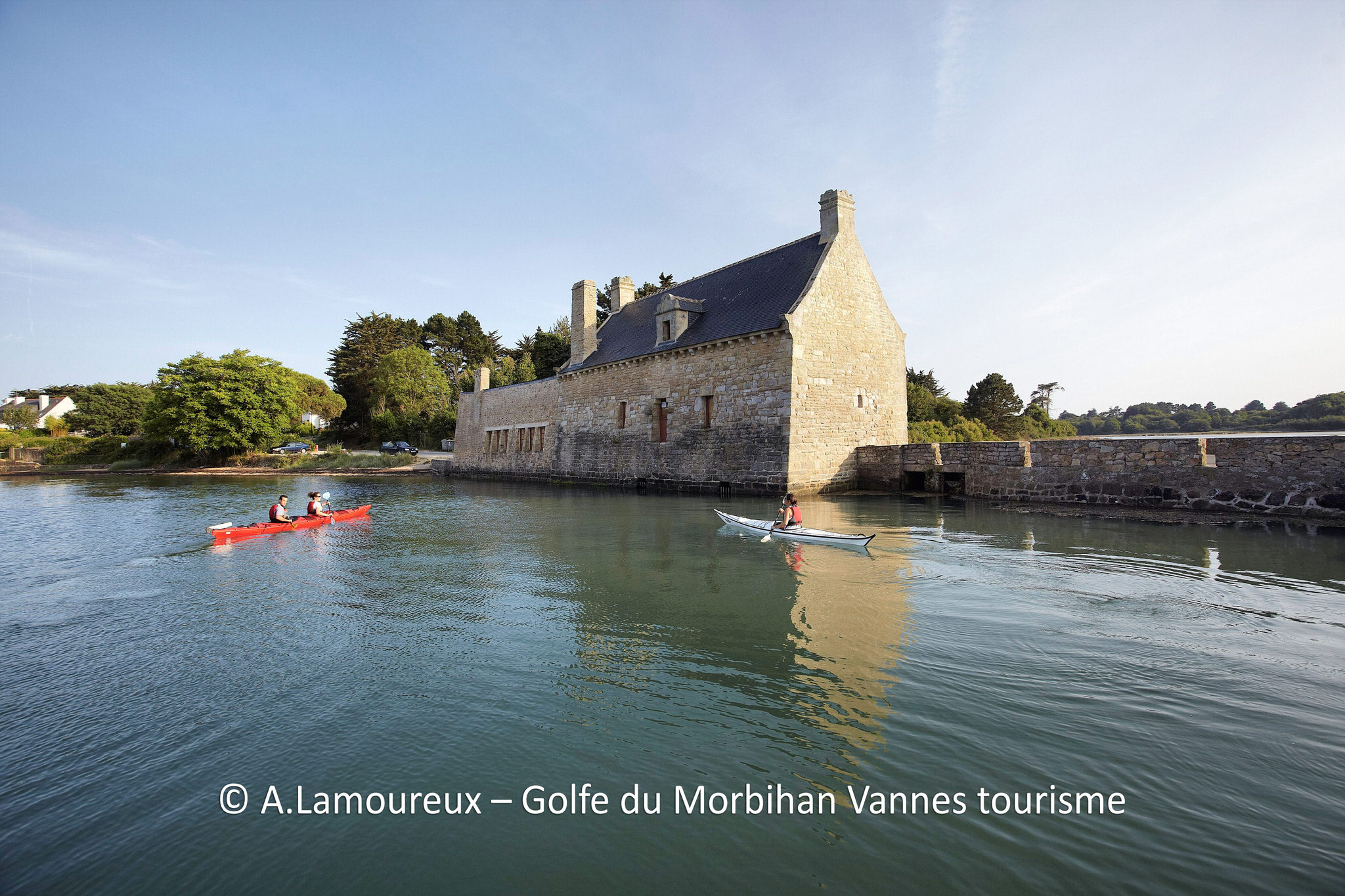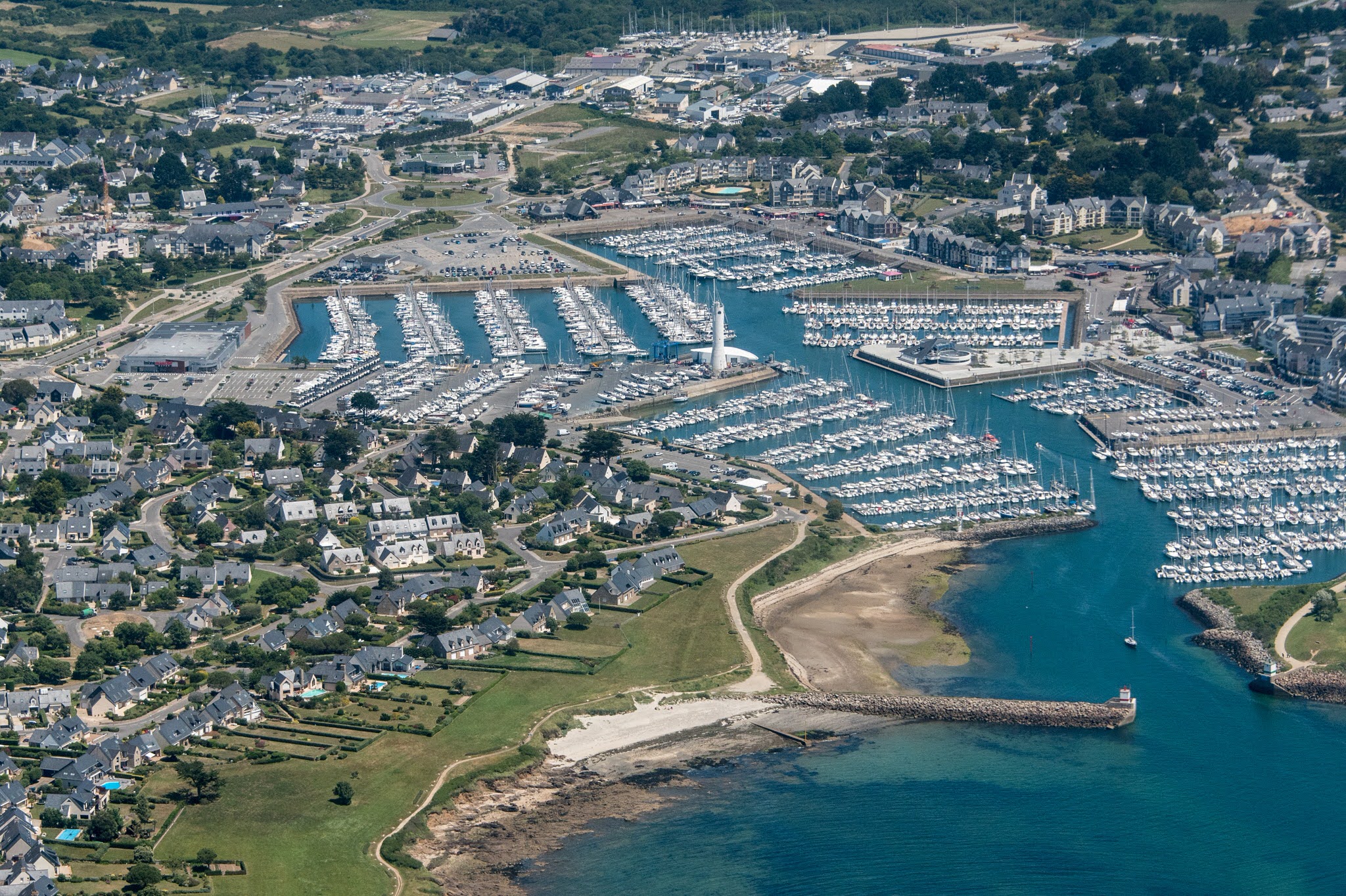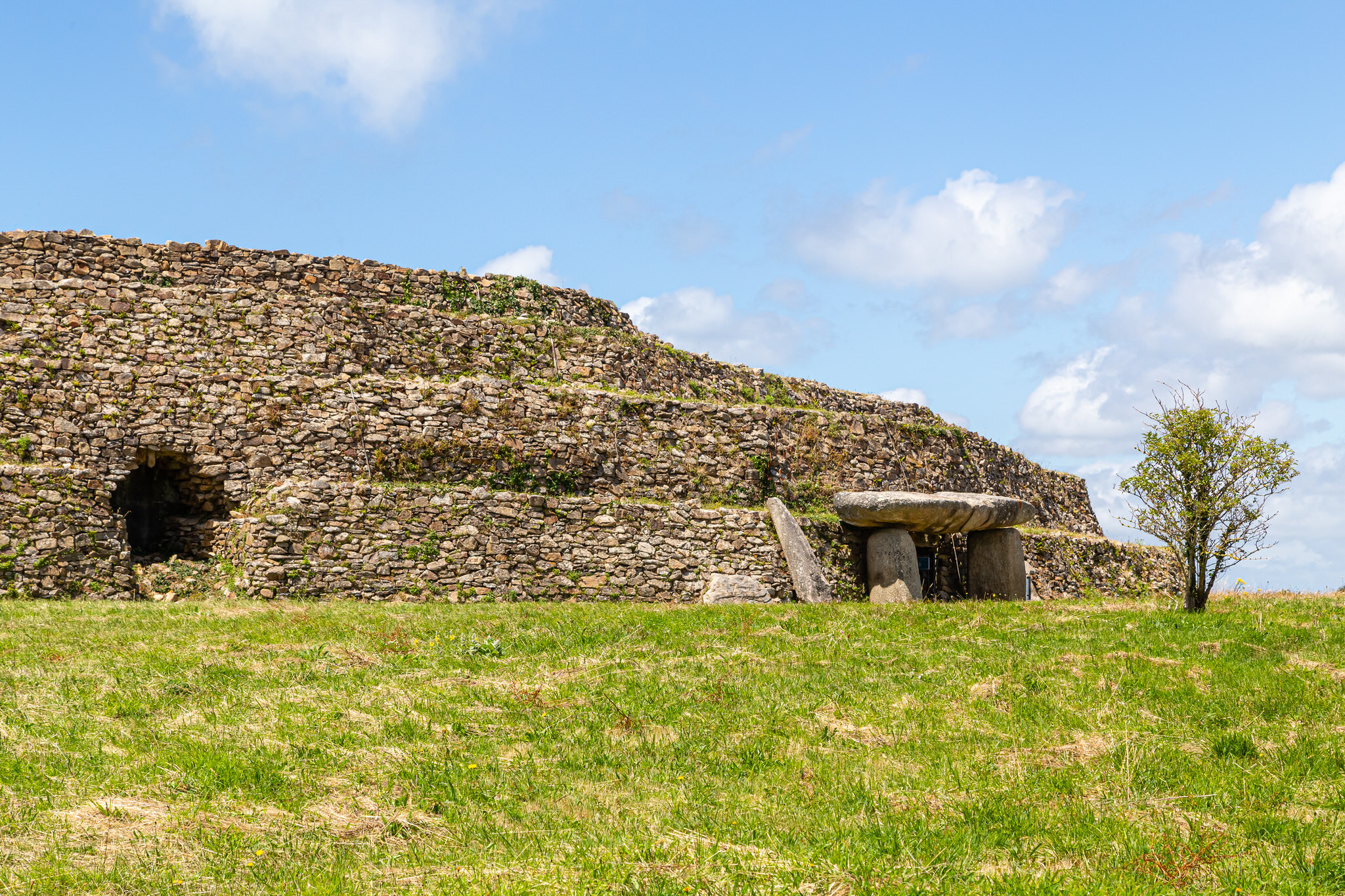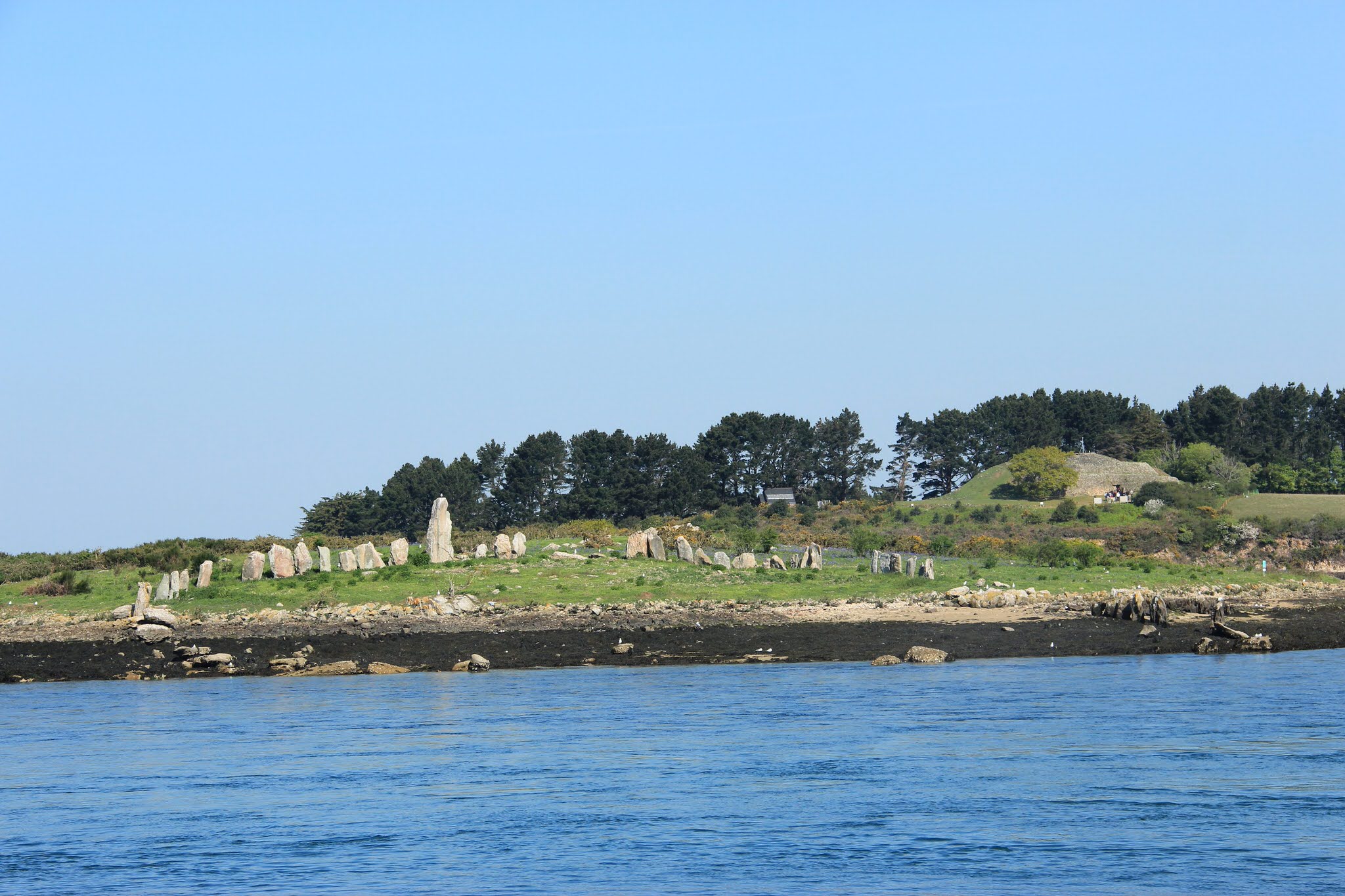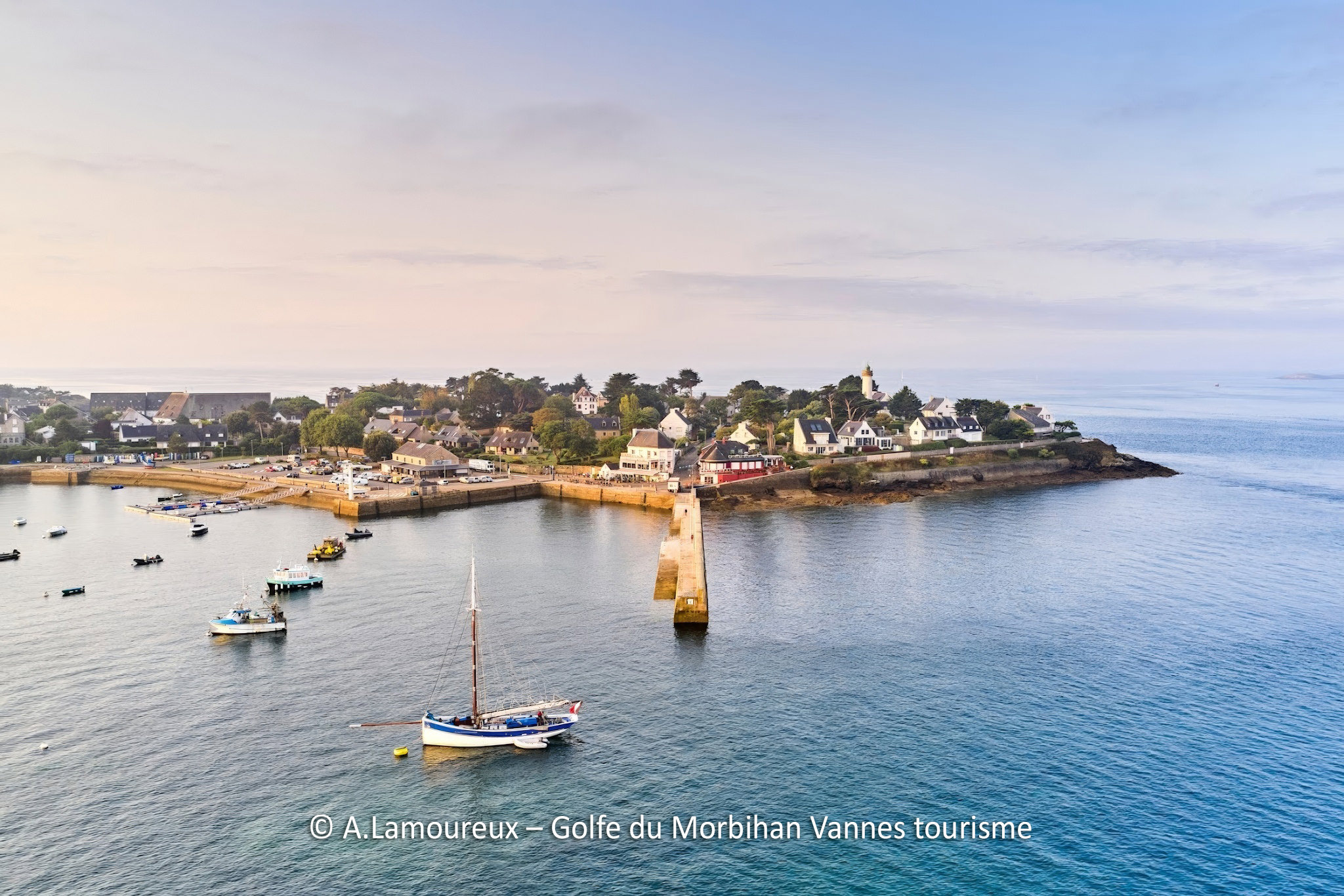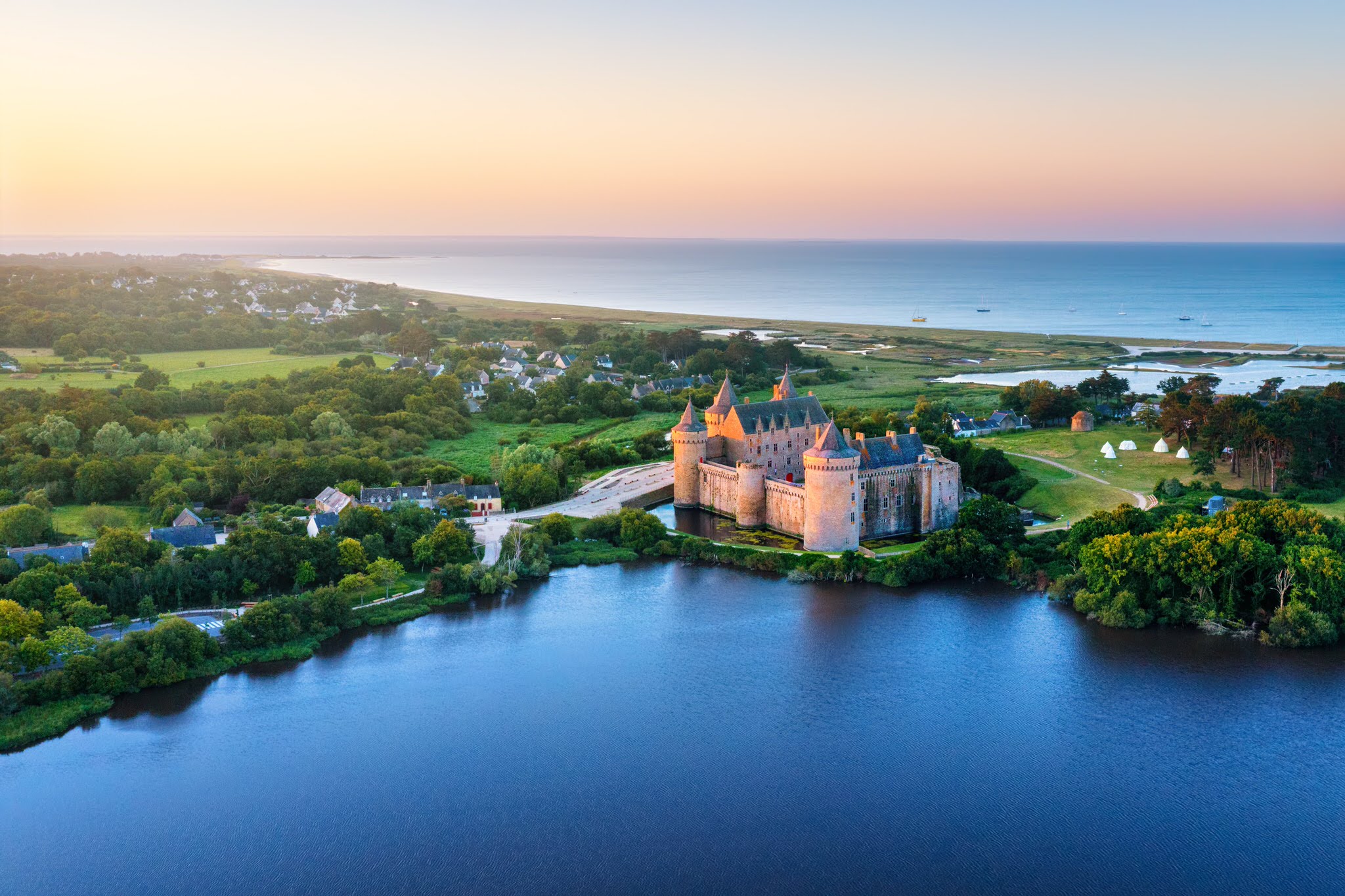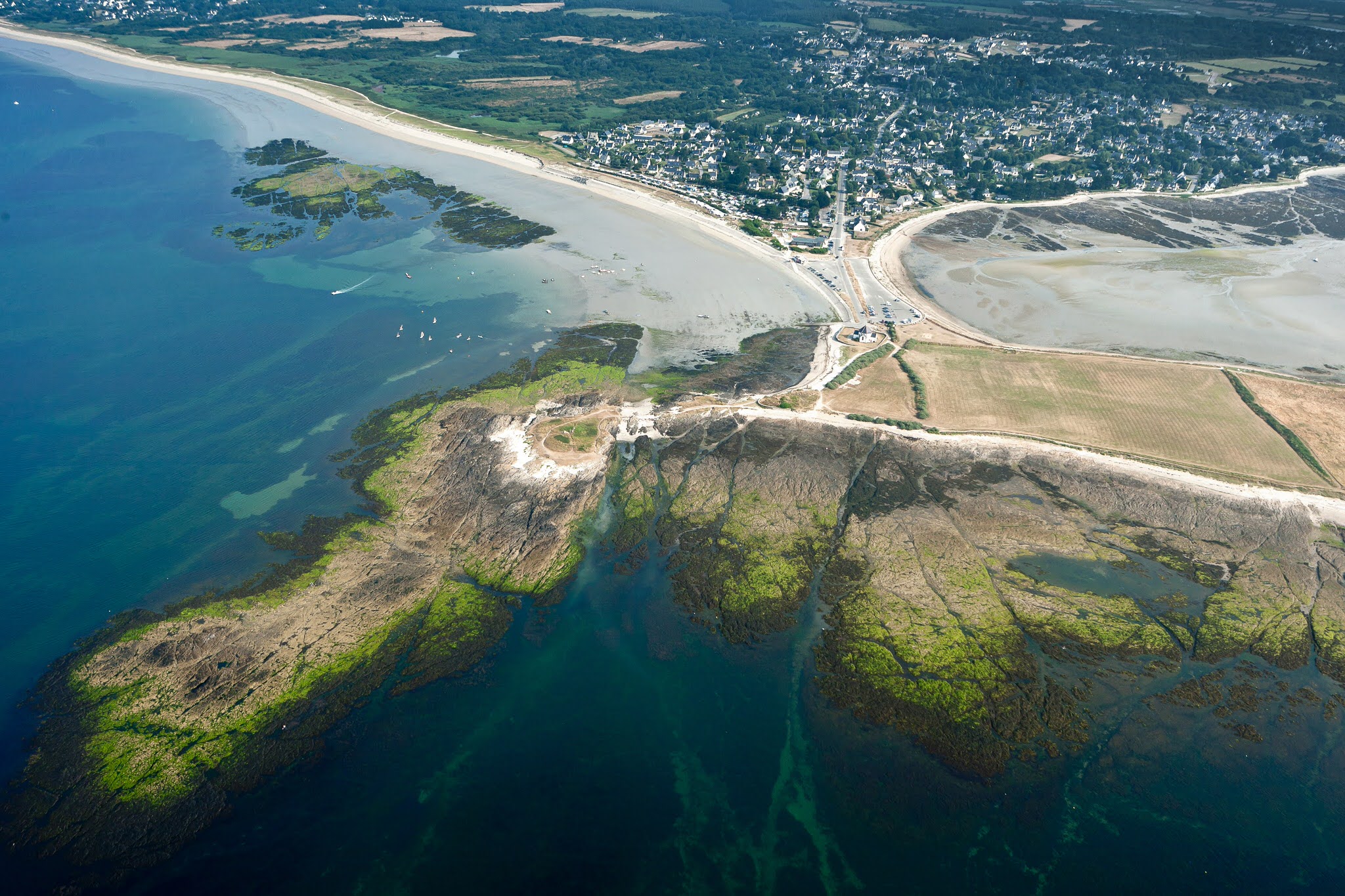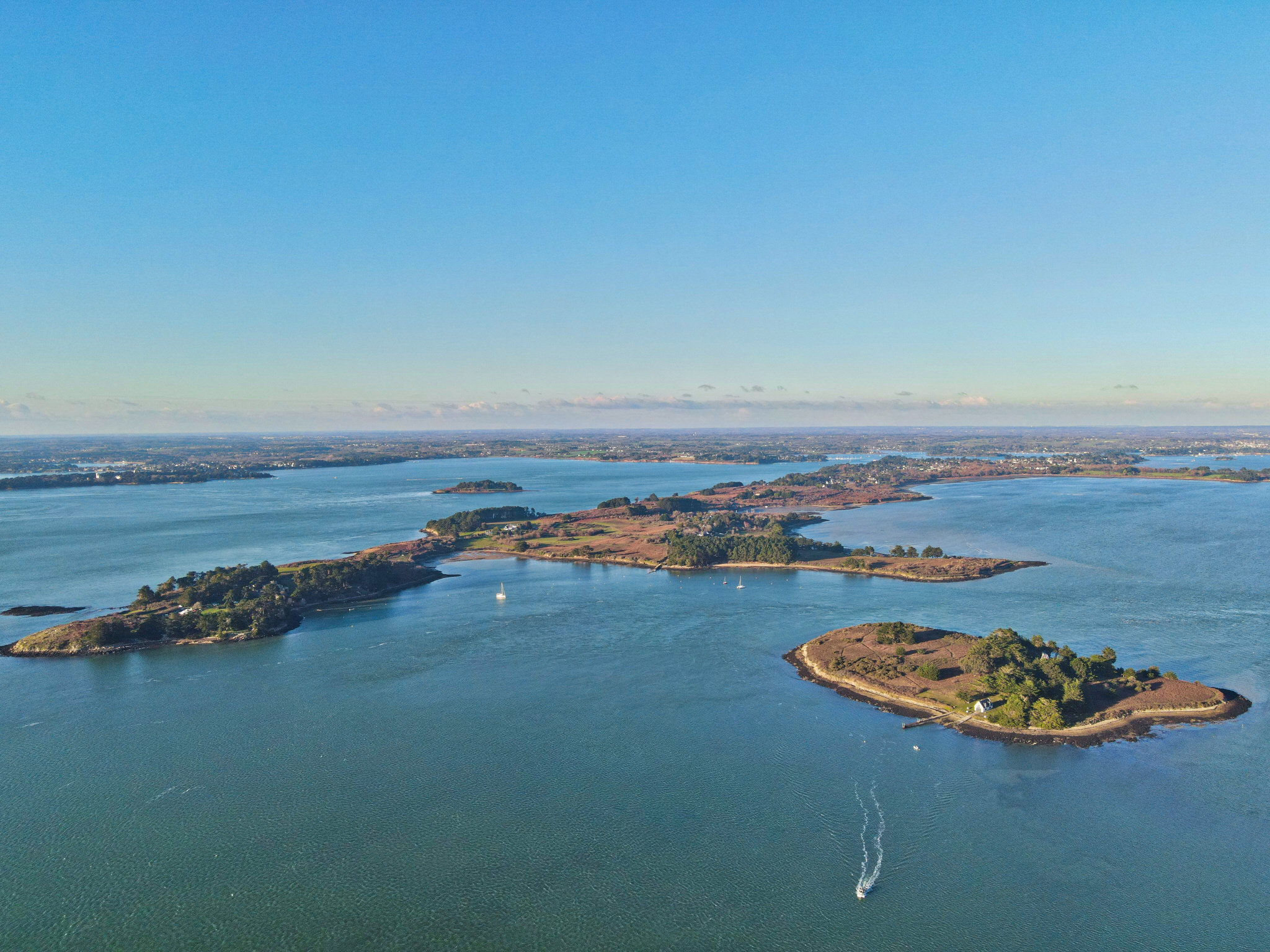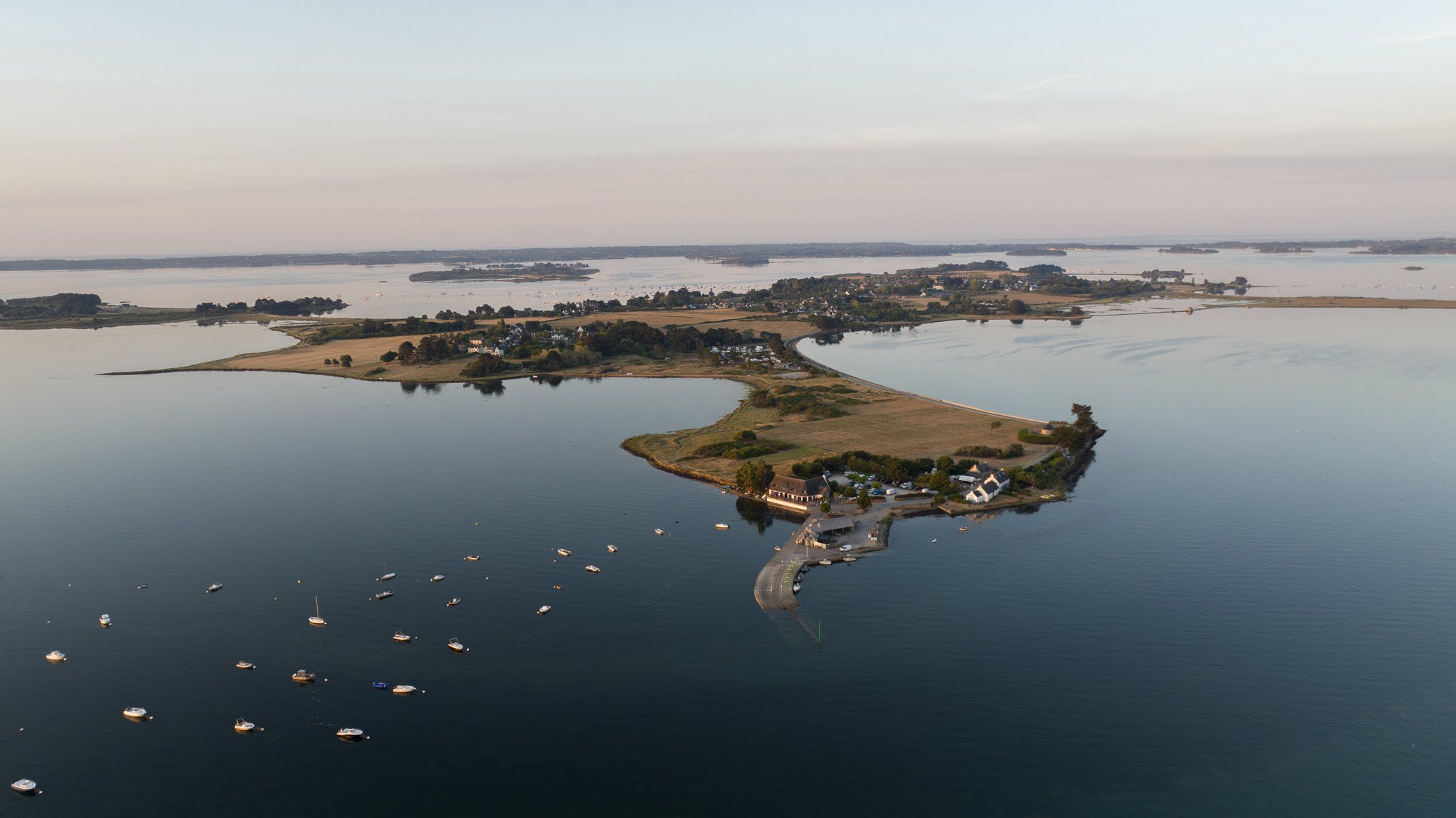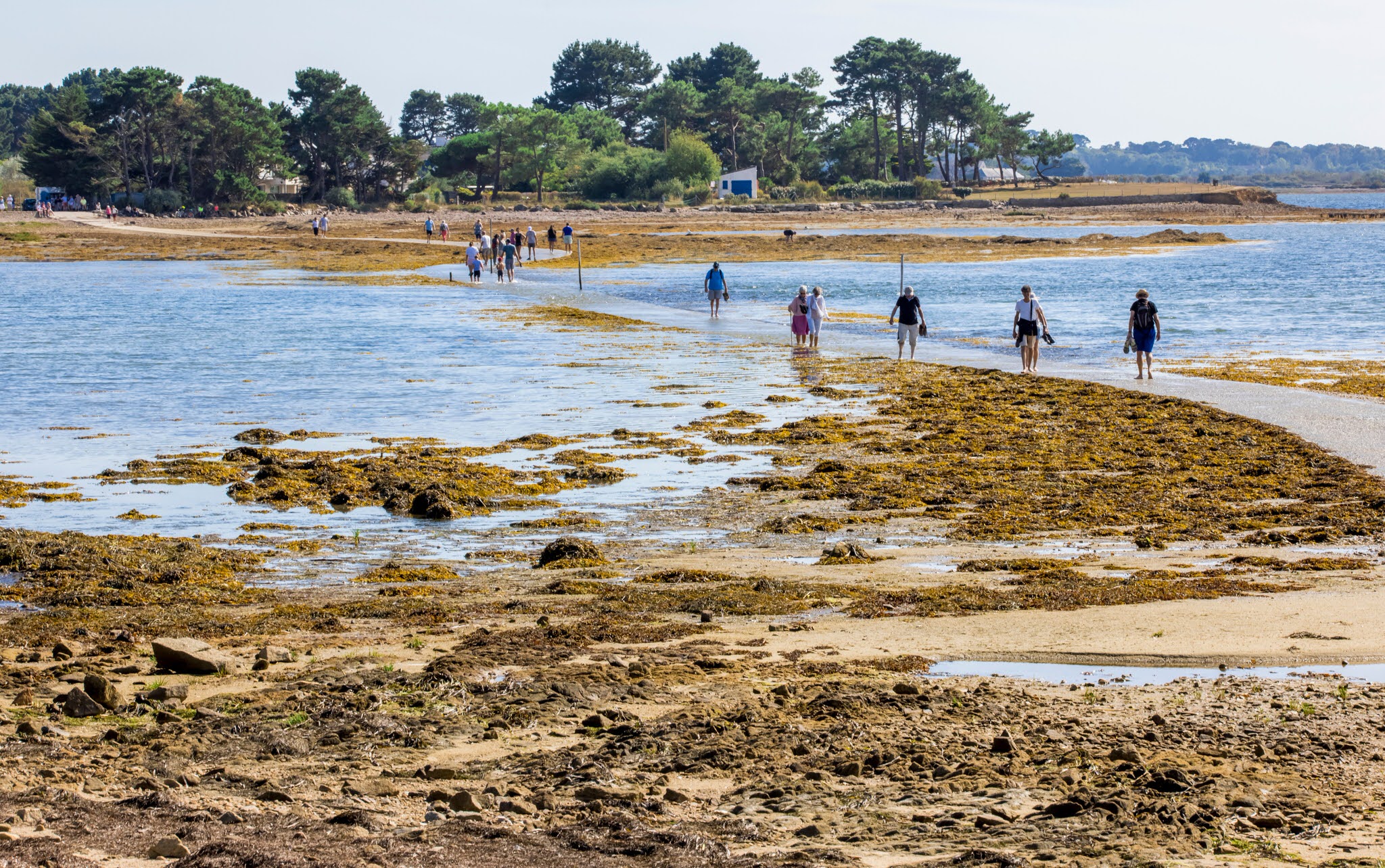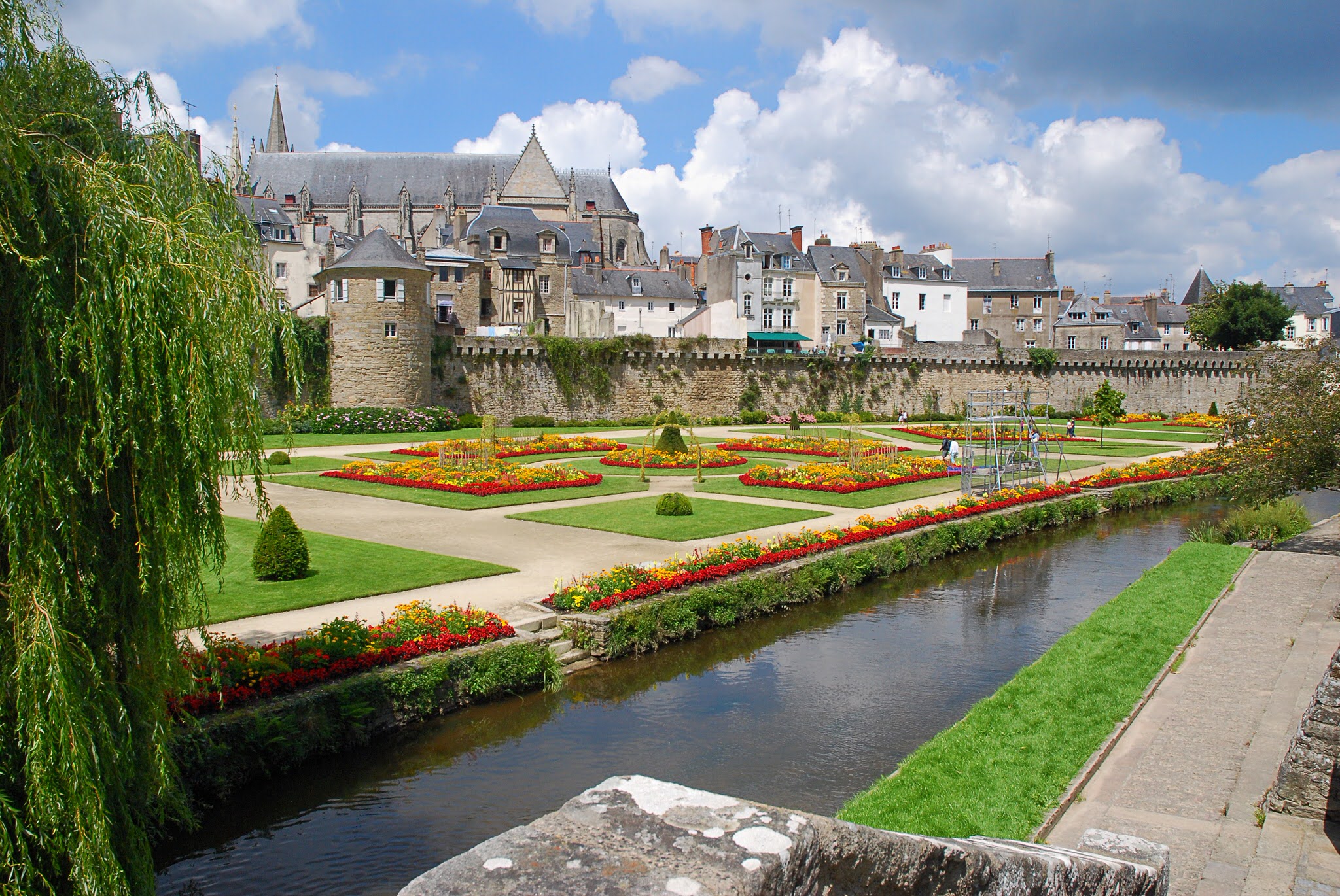
The Abbey Church of St-Gildas de Rhuys
The Abbey Church, erected by the Scottish monk Gildas in the 6th century, at the request of the Count of Vannes, has had a history marked by several phases of development. Rebuilt in the 11th century by monks from the Abbey of Fleuri, hence the Romanesque style of its choir, and in the 17th century by the congregation of monks of Saint-Maur, it was classified as a historic monument in the 19th century, thus ensuring its preservation to the present day.
Witness to more than 15 centuries of Breton history, the abbey church has gone through key periods such as the Breton migration, the Viking invasions, the influence of the Dukes of Brittany, the War of Succession, and the French Revolution. Even Abelard was the Abbot of this building for a while.
The abbey was the center of intense activity, with monks helping to clear the vast forests and produce salt in the coastal marshes. Their influence extended well beyond the peninsula, even claiming ownership of the Glénan archipelago in Finistère.
The prestige of Saint Gildas in Brittany, the miracles attributed to him and the presence of his relics in the abbey church have contributed to increasing the reputation of the place. The abbey church, an exceptional testimony to regional history, remains open every day with the possibility of visiting it during the day.
Although the abbey's current appearance only partially reflects its considerable influence on the economic and cultural life of the Rhuys Peninsula and the region since its foundation in the mid-6th century, the abbey remains a rare example of Romanesque art in Brittany.



